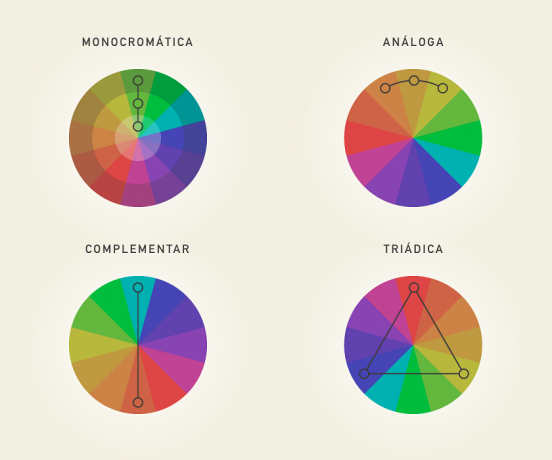Matrioska is a Russian handmade and traditional toy.
Also known as "Russian doll", the matrioska is characterized by bringing together a series of dolls of varying sizes that are placed one inside the other.

According to Russian culture, matrioskas symbolize the idea of maternity, fertility, love and friendship. The fact that a doll comes out of a larger one represents the act of childbirth, when the mother gives birth to her daughter and, consequently, the daughter gives birth to another child, and so on. For Russians, giving someone a matrioska is a sign of great affection and a desire for a long and happy life.
The matrioskas are traditionally made of wood and cylindrical in shape. The dolls' features and characteristics are detailed by hand painting.
As a rule, matrioskas can house between 6 and 7 dolls of different sizes, the smallest being inside all of them and, unlike the others, it does not have an opening in its structure.
Originally, matrioskas appeared in Japan, but they were eventually incorporated into Russian culture. In fact, the name “matriohska” was chosen as an attempt to adapt the originally Japanese doll to the Russian culture, during the late nineteenth century most Russian girls were called Matriona.
Currently, matrioskas represent one of the main artisanal objects of Russian culture. The importance of Russian dolls is so great that in 2001 the Matrioska Museum, in Moscow.


